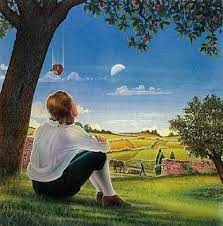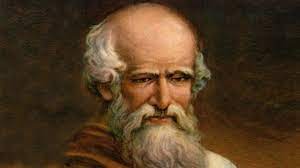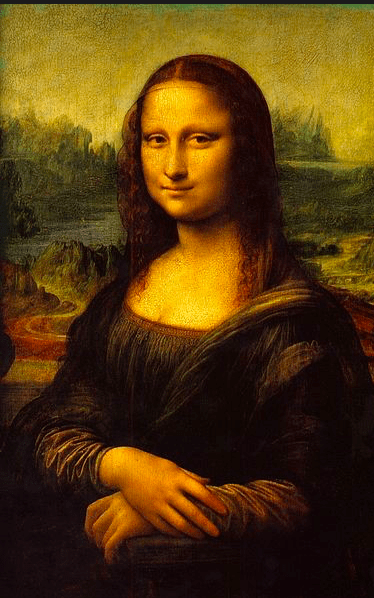Does everyone see equally? No those who see beyond what is there in plain sight are the ones who make a discovery, Writes David Solomon
Seeing is the gift that enables us to see the world around us in all its glory. Beyond the mechanics of sight, there is also a matter of how we see or look at things. And those who see beyond what is there in plain sight are the ones who make a discovery.
For instance, take the case of Sir Isaac Newton when he was just a boy of 13 or 14. He was sitting under a shady apple tree, when an apple broke away from an overhanging branch and fell to the ground. Apples falling off a tree is a common enough occurrence. Down the centuries, it must have been happening all the time, but no one stopped to give it another thought. That is, not until it happened in the presence of young Newton.
He was the first to ponder over the matter and ask himself: “Why do apples have to fall down. Why can’t they travel in the opposite direction and land on one of those faraway clouds”.
Take the case of Sir Isaac Newton when he was just a boy of 13 or 14. Apples falling off a tree is a common enough occurrence. Down the centuries, it must have been happening all the time, but no one stopped to give it another thought. Archimedes (287 BC – 212 BC) unwittingly discovered displacement theory just by seeing things differently; and it took Leonardo Da Vinci three years (1503-1506) to put the smile he had ‘seen’ on Mona Lisa …
Anyways, one thing led to another. Sir Isaac Newton mind began ticking as a young student during his Cambridge years that led to the formulation of Newton’s Law of Gravity in 1687. Later this was followed by Newton’s Laws of Motion.

The apple incident occurred in 1665-66 at his childhood home of Woolsthorpe Manor
In due course of time, Sir Isaac Newton had formulated the law of Falling bodies, the laws of Gravity and the three laws of motion. And all because one out of millions of people stopped to wonder “why does an apple have to fall down”.
Now that’s what I call a genuine ‘Eureka Moment’. But actually the original and the very first ‘Eureka Moment’ happened many centuries ago. It occurred when Greek scientist and mathmetician, Archimedes (born circa 287 BC and died circa 212 BC) unwittingly discovered, while at a public bath, what the world knows today as the Archimedes Principle: “a body immersed in a fluid is subjected to an upwards force equal to the weight of the displaced fluid”.
An overflow of emotion
The discovery made him impulsively run through the city streets, with little or no clothing, save for his undergarments, yelling at the top of his voice ‘Eureka’, which is the Greek word for “I have found it”.
With this displacement theory, Archimedes was able to prove and confirm the suspicions of the Greek ruler Hieron, that his gold crown had been adulterated with some percentage of silver by the goldsmith. The catch here was that all this had to be done without making any changes to the shape or size of the crown.

The people who see things which the rest of the apparently are unable to see is in many ways an inspiration Ah, isn’t inspiration a great thing! It certainly is a great motivator of men, leading them on to do things they would never have done otherwise, or for that matter, never even have imagined if such things were possible. But such things happens in a flash and are of such a trivial nature that they would perhaps qualify as typical ‘blink-and-miss moments’.
But that said, there are no limits people can go to once the muse has taken hold of them. Experts say, 16th century artist extraordinaire Leonardo Da Vinci took about 3-4 years, between 1503-1506, to do his first rendition of the Mona Lisa or La Gioconda.
But the Mona Lisa wasn’t ready just yet to face the world. Most art historians say Da Vinci kept working on his ‘favourite lady’ until 1516, In most of those additional 10 years, it is said he was only adding subtle touches to her lips to give her smile that ethereal and near-perfect hint of mystery.
An interesting add-on is the fact that in Greek mythology, the Muses are the inspirational goddesses of literature, science, and the arts. They were considered the source of knowledge embodied in the poetry, lyric songs, and myths that were related orally for centuries in ancient Greek culture. That is why the word “muse” refers in general to anyone or anything which inspires an artist, musician, or writer.



